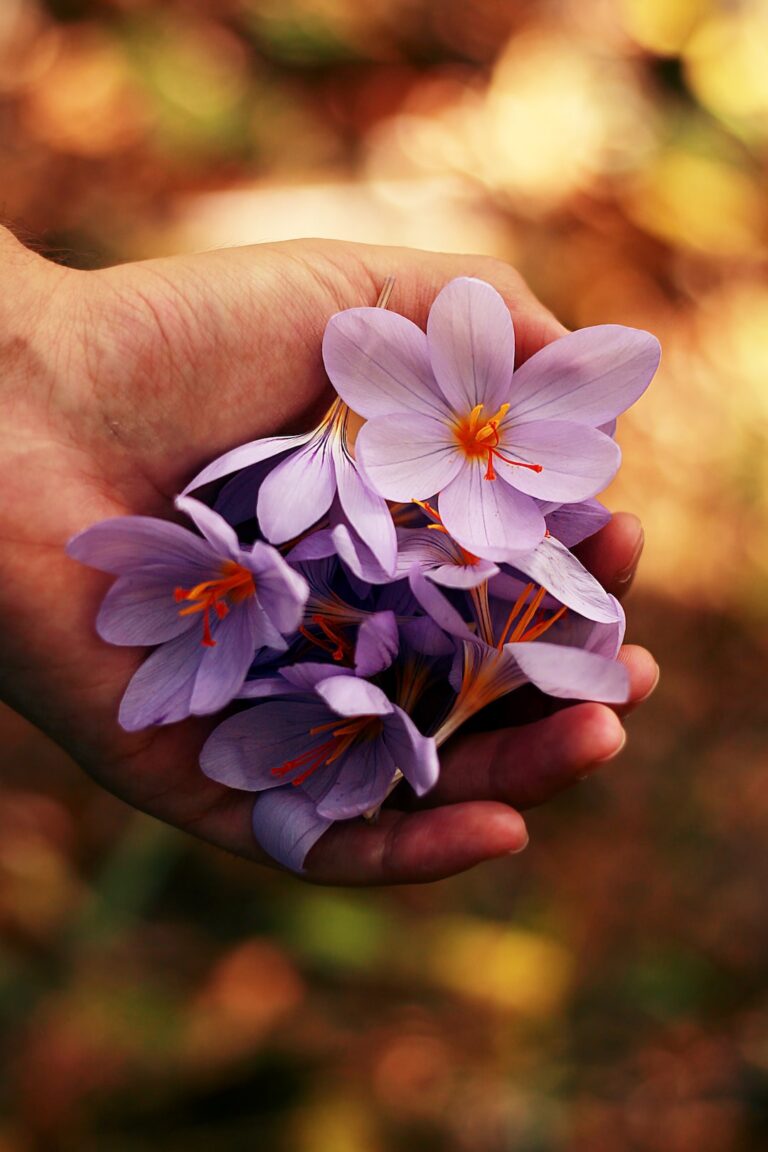
To understand the world around us, let’s picture ourselves in nature. Ayurveda’s approach to the prevention of diseases Maintaining a healthy lifestyle These are the days when yellowing leaves turn to winter. We don’t want to spend our time watching the yellowing leaves drop. We can’t just enjoy this season without it, right? 🙂
We are in a park where weeds grow. Our job is to prevent the spread of weeds and keep it clean.
Hmm… What can we do? We can collect small grass leaves and cause new grass to grow where they fall. However, we will undoubtedly be tired and will continue to say too much. We might be able to cut the grass each time they grow. They will also re-grow if their roots are still there. What if we take steps to make the soil less suitable for these weeds to grow in? That would seem to be the best method.
Consider this example for disease prevention Integrative Health The continuity of the disease will be created by concepts such as collecting leaves. The only way to get rid of the signs of the disease is to cut the weeds. Unfortunately, the disease will reappear in favorable circumstances. It summarizes Ayurveda’s principle for maintaining holistic health is its main principle Preventing disease. The soil being unsuitable is similar to the body returning to a healthy, vigorous state without disease-causing agents. Surely, the elements that make us sick don’t cause any harm to those who are lucky enough?
What was Ayurveda?
Ayurveda is the best way to heal. ancient art The oldest Indian natural medicine system is the Ayur-Veda combination, which dates back to 5000 years ago. According to AyurvedaHealth as we see it today is much more than the absence or presence of disease.
As the oldest Ayurvedic texts indicate, health is a dynamic process. Mind-body-spirit harmony is achieved internally. This Integrity can be achieved by harmonising it with external factors Environment factors
The 5 Element Theory Vata-Pitta-Kapha
According to the five-element theory of Ayurveda, this is one of its most fundamental principles. approaches, all organic and inorganic (living and non-living) substances consist of 5 elements: air, earth, fire, water, and space (no, not wood 🙂 ). We, being a part nature, have all five of these elements. These five elements can be found in different amounts in every place and in everything. Each of us then becomes one of three elemental energies. Vata, Pitta, & Kapha. The air is space elements Vata, fire and water elements Pitta, as well as the earth and water features and Kapha, are all forms of Vata
These energy forces are called doshasThese doshas are found in cells, tissues, organs, and other parts of our bodies. These three doshas are: Responsible for our psychological and physical health The body’s functions, as well as how we interact with others, is also affected by our individual preferences and differences.
Ayurvedic Medicine Doctor, who significantly contributed to the West’s transfer of Ayurveda. Vasant Lad explains: Just as every person has a unique fingerprint, so does each person’s energetic print.
Ayurveda says that what makes us different is the uniqueness of our energy forces. That is, “I am vata-pitta, dear.” If you hear someone say, that’s what they’re talking about. 🙂
Ayurveda for health
Ayurveda says that health is also dependent on the balance between these doshas. Our inner nature interacts with our outer core constantly, so there is a direct relationship between the factors which affect us and their effect on us. Balance (health) is achieved when the inner and outer bodies are in harmony. Discordance (illness) occurs when this connection is broken. Ayurveda therefore recommends a balanced diet. Happiness is the key to a happy life it is possible to maintain harmony with nature and one’s temperament.
Ayurveda says that the most important factors in determining how you feel are Health is nutritionExercise, age, seasons and mental and emotional elements.